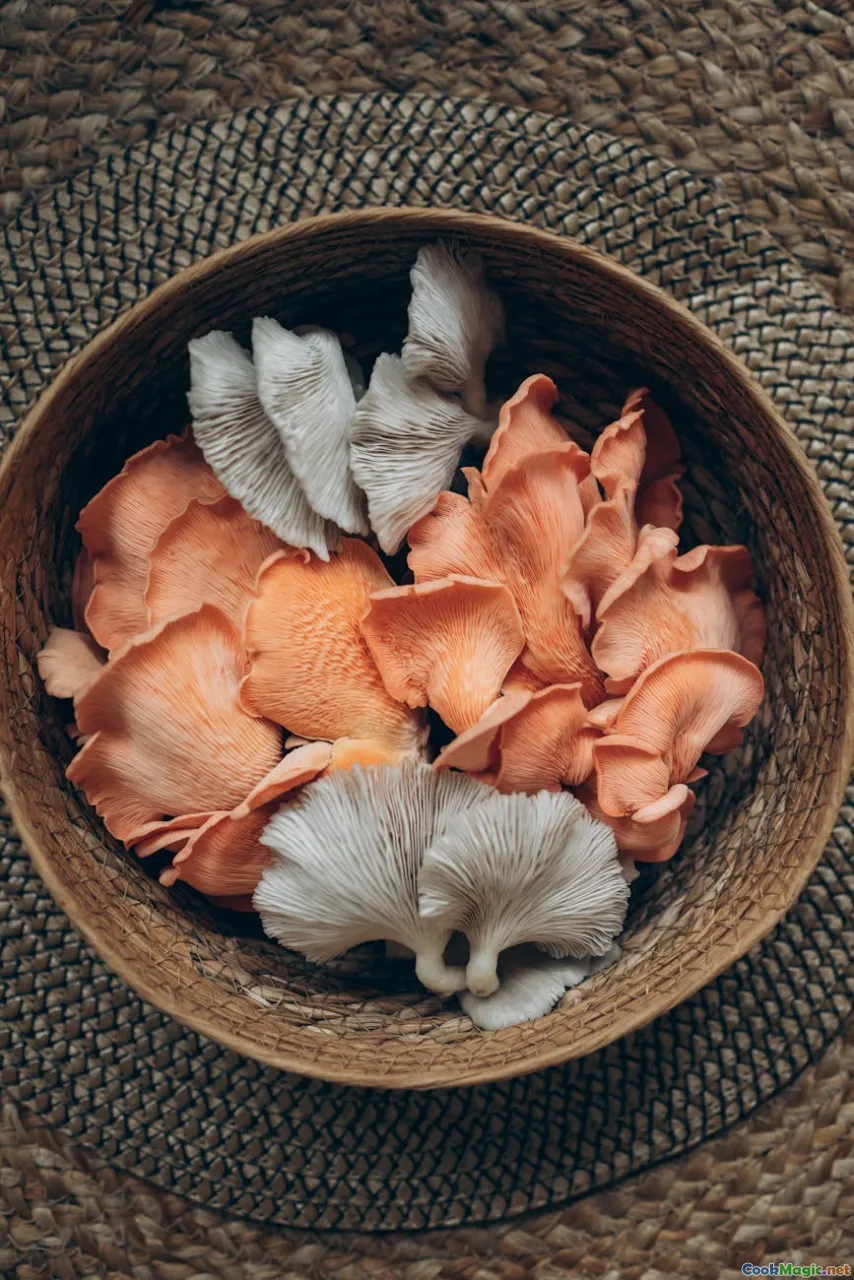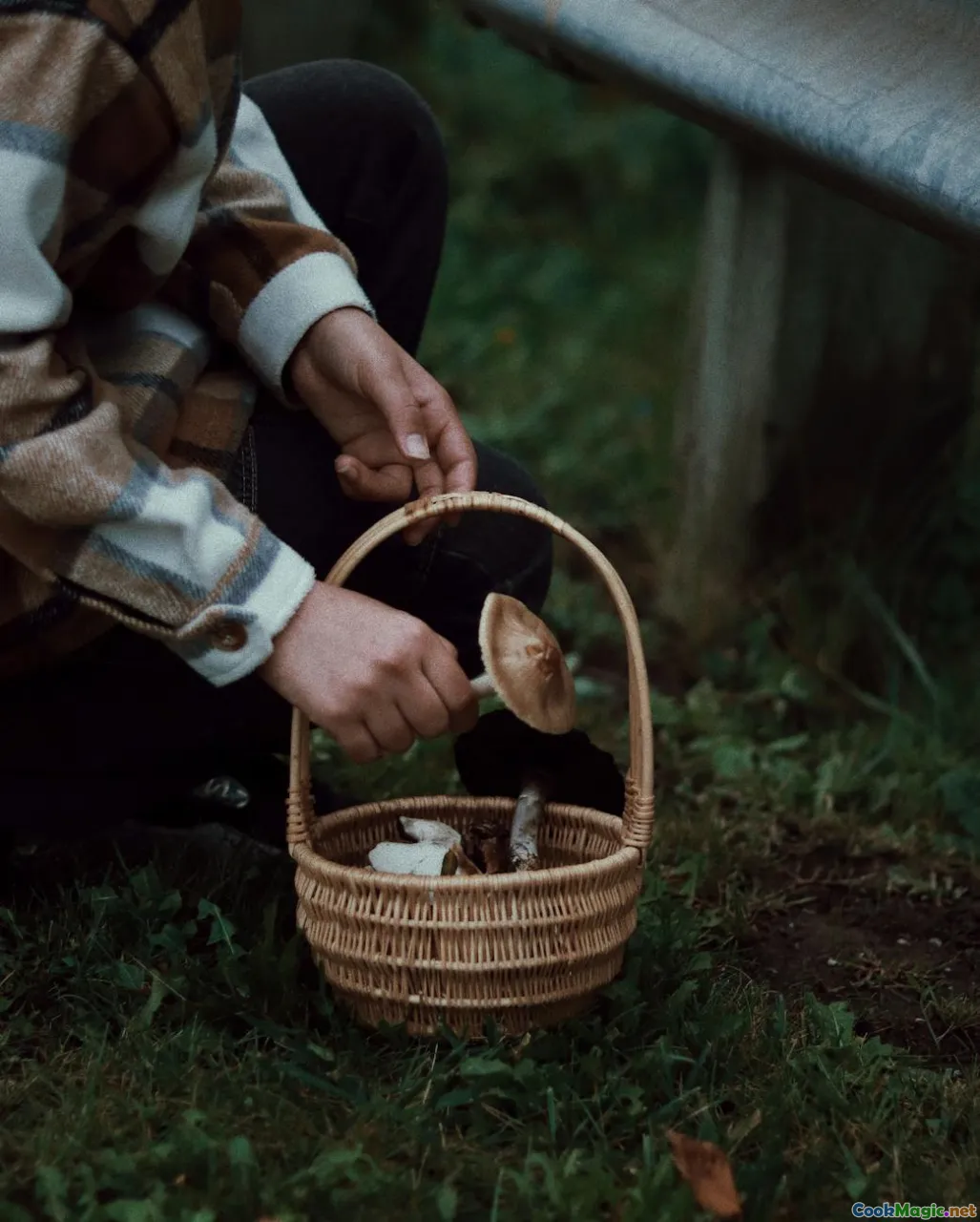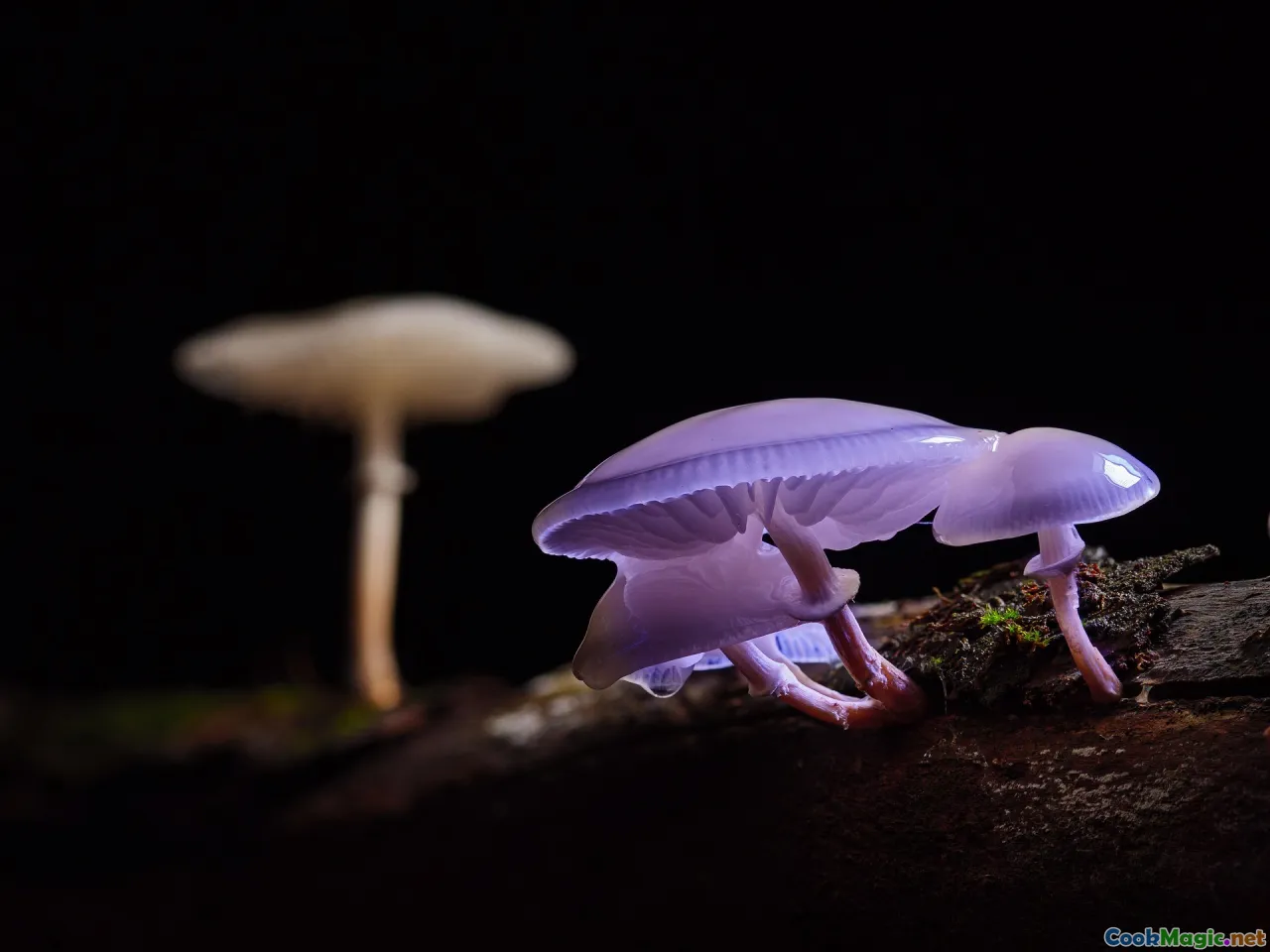Unlocking Mushrooms Russian Foraging and Culinary Traditions
13 min read Explore Russia's rich mushroom foraging heritage and traditional culinary uses, revealing cultural insights and flavorful recipes. July 01, 2025 00:05
Unlocking Mushrooms: Russian Foraging and Culinary Traditions
In the vast sweeping landscapes of Russia — from the whispering conifers of Siberia to the birch groves scattered through the countryside — wild mushrooms are much more than a seasonal delight; they are woven into the very fabric of Russian life, history, and culinary identity. For centuries, the svarshchiki (mushroom hunters) have roamed these woods, guided by an instinctual knowledge passed down through generations. Their foraging isn’t merely a hobby — it’s a tradition that embodies connection with nature, heritage, and the simple yet profound joy of gathering.
Embarking on a journey to explore Russian mushroom foraging is like peeling back the layers of a gift-wrapped storybook from the wilderness. It is a dance of senses: the earthy aroma of damp moss, the tactile thrill of discovering a hidden cluster beneath fallen leaves, the vibrancy of wild chanterelles glowing like sun-kissed flames against the forest floor.
In this deep dive, we will unwrap the cultural richness, traditional techniques, and culinary magic that unfold when foraging mushrooms in Russia. Whether you are an adventurous cook, a cultural enthusiast, or simply a lover of wild flavors, this exploration promises to enrich your understanding of Russia’s enchanting relationship with mushrooms.
The Cultural Heritage of Mushrooms in Russia

Russian culture has long held mushrooms in a revered position. Folklore, literature, and culinary tales intertwine, with hearty mushroom dishes symbolizing abundance and resilience. During the mushroom season, small villages and bustling cities alike turn into bustling markets, local festivals, and communal gatherings dedicated to the harvest.
Historically, mushrooms served as an essential source of nutrition, especially during long harsh winters when fresh vegetables were scarce. Drying, salting, and fermenting preserved these delicacies for months ahead — transforming ephemeral forest bounty into lasting staples.
The iconic image of Russian mushroom picking isn’t merely practical; it’s poetic. Photographs of women in traditional sarafans, children exploring with eager eyes, and elderly foragers gently holding their harvest evoke nostalgic scenes of communal harmony and respect for nature’s gifts.
Culturally, mushrooms are present in Russian idioms, songs, and fairy tales like the beloved tale of Vasilisa and Baba Yaga, where mushroom hunting often symbolizes innocence and curiosity. Fragrant mushroom mushroom pies, dense stews, and pickled delicacies are family recipes lovingly passed from one generation to the next.
A Forager’s Guide: How to Find the Richest Mushrooms in Russia

Unlocking the secrets of Russian mushrooms begins with understanding the land — its terrains, seasons, and flora. Autumn is the prime time, especially September through November, when forests flush with the bounty ofboletus, chanterelles, pink-foot and hygrophorus.Step 1: Know Your ForestsRussian forests are diverse — Siberian taiga, the mixed forests of the Ural Mountains, and lush deciduous groves near riverbanks. Each hosts a unique mushroom spectrum.Step 2: Learn Key Species Some of the most sought-after edible mushrooms include:
- Boletus edulis (porcini): thick, fleshy caps with a honey-brown hue and a pleasant nutty aroma.
- Cantharellus cibarius (chanterelles): bright orange, with trumpet-shaped bodies and a fruity aroma.
- Lerulina scaura (tinder conk): used for flavoring, especially in dried form. -Champignons massVCsses-He malign (russula): but beware — some are toxic.Step 3: Hone Your Identification SkillsPositive identification is crucial. Mushrooms like deadlyToxic Death Caps(Amanita phalloides) look similar to edible varieties. Foragers rely on key traits: spore color, stem structure, gill pattern, and scent.Step 4: Respect Nature and RegulationsPermits are often needed, and sustainable harvesting encourages leaving some behind to ensure future seasons. Remember: never pluck a mushroom unless 100% sure.Step 5: Safety and Preparation Carry a woven basket, a mushroom knife, and field guidebooks. As soon as you return, sort, clean, and cook mushrooms promptly to avoid spoilage.
Exploring Signature Russian Mushroom Dishes

Harnessing the forest’s bounty has led to a wealth of classic and contemporary dishes. Here are some culinary masterpieces that celebrate mushrooms:
Mushroom Stroganoff — A Rich, Earthy Classic
Originating from the Ural region, mushroom stroganoff replaces beef with a hearty mix of wild mushrooms — often belasovka or polish boletus. Sautéed with onions, garlic, and a splash of sour cream, the dish fills the senses with its mellow umami and velvety texture. Serve over buttered noodles or buckwheat — a comforting embrace whenever the cold winds blow.
Mushroom Pirozhki — Portable Forest Flavors
Tucked into flaky pastry, these small buns are bursting with a mixture of chopped, sautéed wild mushrooms, onions, and dill. They’re a staple of street markets and home kitchens, perfect for a picnic or winter snack.
Wild Mushroom Soup — A Deep Earthy Broth
Made from a combination of foraged mushrooms like grey-iron and chanterelle, this soup is slow-simmered with root vegetables, herbs, and sometimes sprinkled with a dollop of sour cream and fresh dill. Its aroma alone transports you to a chilly forest evening.
Marinated Mushrooms — Preserved Sunshine
Picked in autumn, mushrooms such as pink-foot or porcini are marinated with garlic, bay leaves, and peppercorns, then stored in glass jars. Their firm bite and smoky notes make them ideal accompaniments to bread, salads, or as an appetizer.
Mushroom Kulebyaka — A Rustic Pie
Layers of wild mushrooms, cooked rice, and salted fish enveloped in flaky pastry evoke centuries-old Russian baking customs. The bubbling filling, protected by a golden crust, offers a rustic yet elegant display of foraging ingenuity.
The Skills and Traditions of Russian Mushrooms: A Personal Perspective

Growing up in the Russian countryside, I was immersed in the seasonal rhythm of mushroom hunting. The skill was passed from grandmothers and fathers who could identify mushrooms blindfolded, their hands moving swiftly as they narrated stories of each specimen.
One vivid memory is of a crisp autumn dawn, where my grandmother and I tramped through dew-kissed woods, baskets swinging at our sides. She would gently brush away fallen leaves to reveal the cap of a sought-after boletus, her eyes twinkling with pride as she explained the subtle differences that separate edible mushrooms from their toxic lookalikes.
Drying was an art — mushrooms laid out on wooden racks in the warmth of a stove room, their scent blending with the aroma of baked pies and brewing tea. When winter came, we would savor mushroom soups and stews, each spoonful infused with the forest’s memory.
Today, I carry on the tradition, combining age-old techniques with modern culinary insights, always respecting the forest’s delicate balance.
Practical Tips: Foraging, Cooking, And Preserving
- Foraging Responsibly: Always forage in well-known areas, with permission where necessary. Take only what you need, and leave enough to sustain the ecosystem.
- Identifying: On your first few trips, go with experienced foragers or join local mushroom clubs. Use detailed field guides with photographs that include varieties and toxic lookalikes.
- Cooking: Never eat raw wild mushrooms — always cook thoroughly to neutralize toxins and enhance flavor.
- Preserving: Dry mushrooms in a well-ventilated space, away from direct sunlight. You can also salt or pickle them, using a blend of vinegar, herbs, and garlic.
- Sharing: The true magic of foraging isn’t just the mushrooms but the stories and traditions wrapped around them. Share your harvest with friends and family, and indulge in communal cooking.
Celebrating the Wild Spirit of Russian Mushrooms
Mushroom foraging in Russia isn’t just an activity; it’s a celebration of wilderness, a link to history, and a testament to the enduring relationship between humans and nature. It offers an invitation to slow down, observe carefully, and savor the simple yet profound treasures hidden under the canopy.
Every mushroom picked is a narrative of a season, a story handed down from ancestors who understood the language of the forest. It’s a practice rooted in humility and respect — a harmonious dance with the earth.
In embracing Russian mushroom traditions, modern cooks find not only ingredients but also a deeper connection to cultural roots, nature’s abundance, and the timeless thrill of discovery."
Whether you venture into the woods seeking gogol-mogol shaped by your grandmother’s stories, or craft rustic mushroom matzo balls inspired by the vast Siberian taiga, the journey into Russia’s mushroom heritage promises a flavorful adventure — one that awakens the senses and enriches the soul.
So grab your basket, sharpen your knife, and step into the woods that hold millennia of stories waiting to be uncovered—one mushroom at a time.









